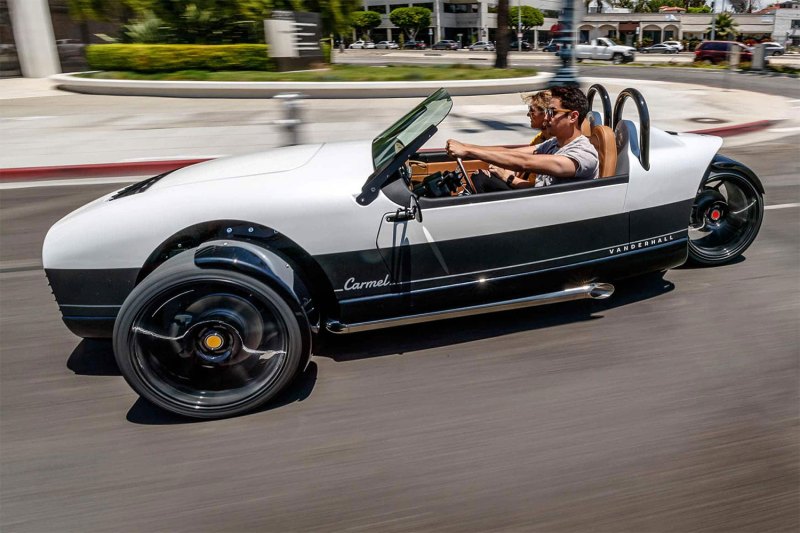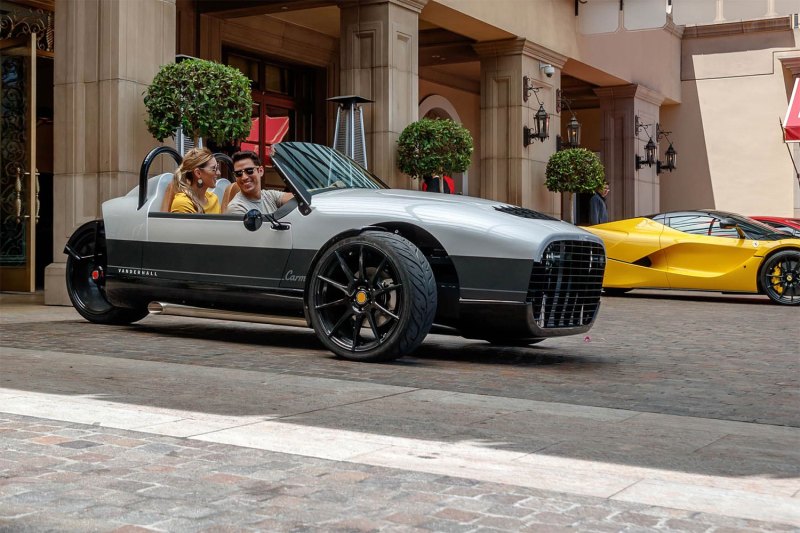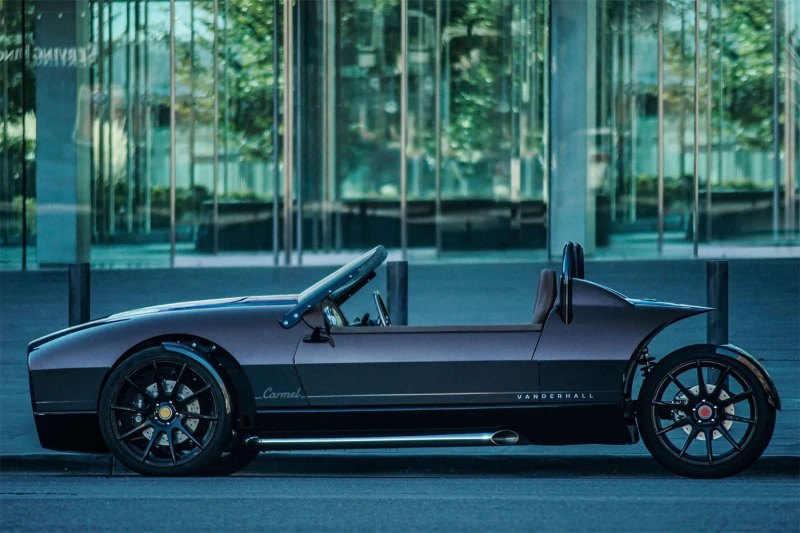For anyone who’s never experienced the thrill of a high-speed open-air ride, it’s impossible to put into words. Whether screaming down the highway on a speed bike or in the cockpit of a one-of-a-kind Polaris, it’s a thrill that traditional, closed-cockpit four-wheelers just can’t touch. But what happens when ordinary convertibles and two-wheelers aren’t enough? Enter the 2020 Vanderhall Carmel.

At first blush, the Vanderhall Carmel GT looks like a sleek go-kart for grown-ups. Under the hood, it’s anything but. This bizarre three-wheel “autocycle” promises all the open-air fun of a legit motorbike with the speed and stability of a BMW Z4. The 1.5L LFV turbocharged inline-four delivers 194 horsepower through a six-speed automatic. That might seem paltry in the realm of 500-horsepower sports cars until you consider the Carmel weighs just 1,500 pounds. That track-worthy power-to-weight ratio equates to a 0-60 time of a little over four seconds.

While it might appear to be a pared-down street racer, the Carmel GT also comes standard with a host of features that rival most luxury four-wheelers. The tan leather interior, stainless dead pedal, and wooden steering wheel with a gloss black center all recall a bygone era of open-air racers. Heated seats, cruise control, a Bluetooth-enabled stereo system, and a color-matched removable capshade make this a legitimate tourer. That every Carmel is built in Utah from mostly U.S.-sourced parts is a bonus.

The Vanderhall Carmel GT exists in an exclusive stratum occupied by only a handful of niche automakers. Purists contend that Britain’s legendary Morgan Motor Company invented the autocycle with its iconic 3 Wheeler. Anything else, they say, is just an inferior copy. Call the Carmel or even the Polaris Slingshot Grand Touring “copies” if you like, but we’ll gladly add either to our stable of toys.

The flagship Vanderhall 2020 Carmel GT starts just under $44,000. Buyers can save almost ten grand by opting for the entry-level Carmel Blackjack. But, if you’re shopping for a race-ready, open-cockpit, three-wheel rocket, is “entry-level” how you really want to fly?
If money is no object, the go-kart-like Ariel Atom 4 boasts the same power-to-weight ratio as a McLaren 720S and rips from 0-60 in less than three seconds.



